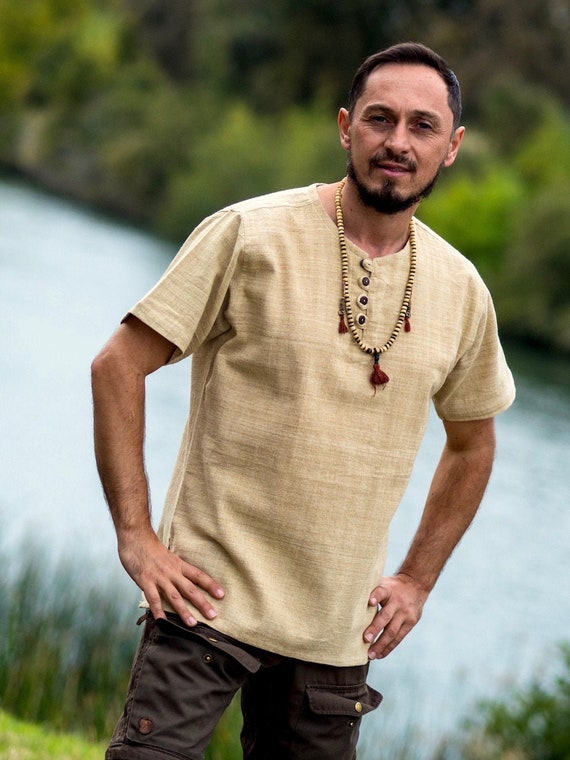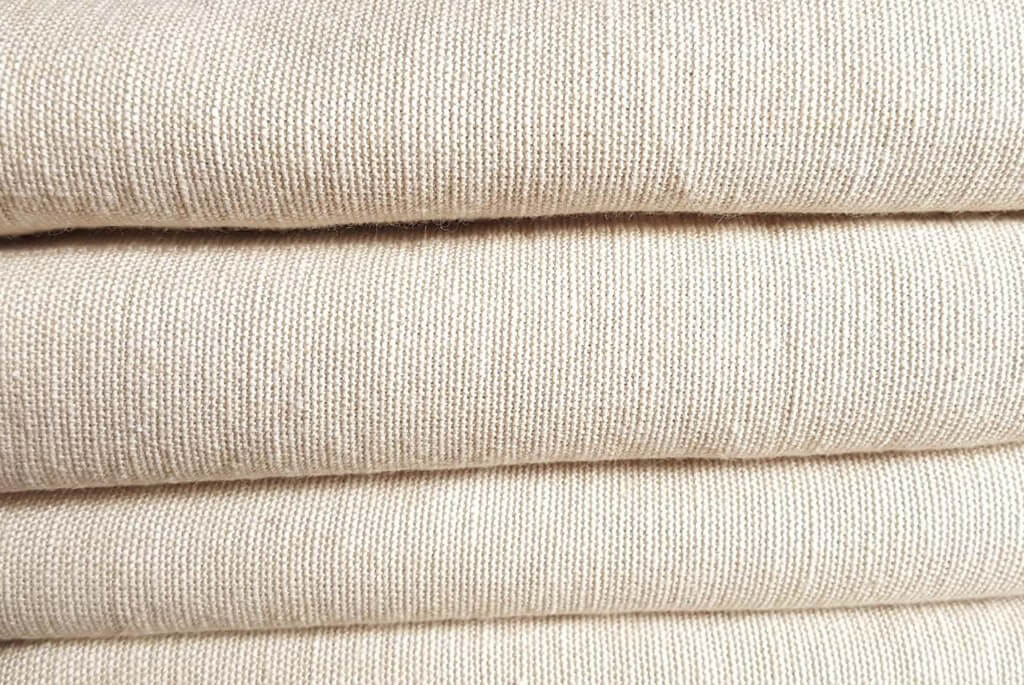New Info To Picking Bamboo Clothes
Wiki Article
Why Is It That Hemp Is More Biodegradable, Resilient, And Regenerative Than Cotton, For Instance?
Hemp is more biodegradable than cotton, and is also thought to be durable. This is due to the inherent characteristics of hemp and how it is cultivated. Here's why- Biodegradability-
Natural Fibers - Hemp's fibers can be biodegradable. The hemp textiles and clothes naturally break down when they are discarded. They are returned to the earth, without leaving long-lasting remnants. This is in contrast to synthetic fibers such as polyester, which can require many years to decompose.
Hemp textiles are devoid of chemical treatments and additives which may slow biodegradability. The textiles made of cotton can be treated with synthetic chemical additives such as specific dyes or finishings that slow the biodegradation.
Durability-
Hemp fibers have earned a reputation for strength and durability. Textiles and clothing made of hemp are less likely to get damaged, and last for longer than some cotton products. The durability of hemp clothing allows it to endure a greater number of washes and wear cycles with no indications of wear and tear.
Less Prone to PillingLess prone to pilling Hemp fabrics are less susceptible to pilling (the formation of small fuzzy balls that form on the fabric's surface) as compared to cotton. This is a factor that contributes to their longevity and quality.
Regenerative Agriculture-
Soil Health Hemp cultivation is regenerative when it is done in a sustainable manner. Hemp has a deep root structure that helps to prevent soil erosion and compaction. It can also improve soil health, by aerating and increasing microbes' activity. This regeneration aspect can enhance the soil for the future growth of crops.
Low environmental impact- Sustainable hemp cultivation methods often involve minimal pesticide and herbicide use, reducing environmental damage. Cotton farming is a common method that could result in soil degradation, water pollution and other environmental problems due to the use of synthetic chemicals.
Water Efficiency-
Low Water Requirements Hemp typically requires less water than cotton expansion. Hemp's drought-resistant properties allow it to thrive under conditions with minimal rain or irrigation. This makes it an ideal choice for areas with limited available water, such as dry areas.
Hemp can be used in crop rotation systems to improve soil health and decrease the risk of disease and reduce depletion. Cotton farming is not as prone to the effects of crop rotation.
The versatility of hemp allows it to be used in many different applications like clothing, textiles, paper and building materials. This flexibility implies that hemp cultivation could support various industries with sustainable and sustainable methods.
It is important to know that hemp is a great product, however it could be a problem if it is not sustainable, based on your farming and processing practices. The environmental benefits of hemp can be enhanced by choosing products that are made in a sustainable manner and using eco-friendly methods. Organic cotton products are also a great way to decrease the impact on the environment of cotton that is conventionally grown. Read the best hemp clothes advice for website tips including hemp trousers, afends jesse dress, patagonia volley shorts, patagonia double knee pants, hemp coat, hemp bathing suit, hemp pants womens, hemp yoga clothes, hemp shorts patagonia, hemp bathing suit and more.

How Do Hemp Fibers Help On Carbon Sequestration, Sustainability And Crop Rotation?
Hemp fibers contribute to the storage of carbon, sustainability, and crop rotation in many ways. This makes them an ideal option for agricultural and textile production.
Rapid Growth- Hemp is a fast-growing plant that matures between 70-120 days, depending on the variety and growth conditions. In order to speed up their growth hemp plants absorb carbon dioxide in the air during photosynthesis. Carbon uptake is a significant contributor to carbon sequestration and reducing CO2 in the air.
Hemp is a plant with a large biomass production. The thick foliage and the tall stalks of hemp create huge quantities of organic matter. When this biomass is integrated in the soil or utilized in various ways, it can contribute to the buildup of organic carbon within soil, further sequestering carbon.
Sustainability:
Hemp requires fewer synthetic pesticides, herbicides, and herbicides than many other crops like cotton. Hemp's natural resistance against many insects and diseases is reduced by chemical interventions. Organic hemp farming, in particular is a sustainable farming method by avoiding synthetic chemical substances.
Hemp can be watered with only a small amount of water, in contrast to water-intensive plants like conventional cotton. This helps to make it more sustainable in regions with limited water resources.
Hemp roots are long and may aid in improving soil quality. The deep roots of the plant can reduce runoff by stabilizing soil and enhancing soil structure. Hemp cultivation also improves soil fertility by increasing microbial soil activity.
Hemp is a great crop to incorporate in rotation systems. Crop rotation refers to the process of rotating crop varieties in a field over duration. This practice can help break the cycles of disease and pest, reduce soil erosion, and improve the soil structure. The role of hemp in crop rotation can contribute to the sustainability of farming practices.
Crop Rotation
Hemp can be incorporated into the rotation of crops along with other crops like grains, legumes or vegetables. This diversification helps farmers to maintain their soil health, lower the risk of crop-specific pests and diseases, as well as promote an even nutrient cycle.
The hemp's deep roots allows it to penetrate soil to improve aeration and reduce compaction while also increasing water infiltration. After hemp, better soil structure will benefit subsequent crops.
In the end, hemp fibers enhance carbon storage, sustainability and practices for crop rotation due to their rapid growth and biomass production. Additionally, they require less chemical inputs, make good use of water and can be used in conjunction with crop rotation systems. This makes hemp farming an environmentally sustainable farming practice. The fibers that result are eco-friendly and suitable for use in textiles and many other applications. Follow the best on the main page about hemp clothing for site info including patagonia hemp shorts, hemp sweatshirt, hemp dress, hemp fabric, hemp shorts, mens hemp trousers, jungmaven sweatshirt, hoodlamb coat, hemp sweater, hemp sweatpants and more.

What are the main differences between hemp and bamboo fibers?
Hemp and bamboo are two distinct plant-based fibres used in the production of textiles Each with distinct characteristic and characteristics. These are the main distinctions between hemp and bamboo fibers. Plant Source-
Hemp- Hemp is derived from hemp stalks. Particularly, the outer basts. Hemp is an adaptable and fast-growing crop that has been used in a variety of ways over the years.
Bamboo Fibers- Bamboo fibers are made from the pulp. Bamboo is an extremely fast-growing grass known for its strength and speed of renewal.
2. Fiber Characteristics
Hemp- Hemp fibers are well-known for their durability and strength. They are strong natural fibers which soften and become more supple after washing, making them perfect for the production of long-lasting fabrics.
Bamboo Bamboo fibers are extremely soft and smooth. They also have a silky feel. They are more fragile and less robust than hemp fibers, but are still coveted for the comfort they provide against skin.
3. Texture and Feel-
Hemp fabric is somewhat coarse and has a rough feeling. This is particularly true when it is in its raw form. While it is a comfortable fabric, the texture is distinct from bamboo.
Bamboo- Bamboo material is soft, smooth and silky. It is frequently described by those who wear it as feeling like a mix of cotton and silk.
4. Breathability, Moisture Wicking and Breathability
Hemp Fibers Hemp fibers absorb moisture and are naturally and breathable. They can help keep your body cool and dry during hot weather.
Bamboo Fibers- Bamboo fibers have a high degree of breathability and moisture wicking. They're stocked with micro-gaps, which increase their ability in regulating moisture and temperature.
5. Environmental Impact-
Hemp Hemp is a fiber that is considered to be eco-friendly due the fact that it requires minimal water, grows quickly and has a good resistance to insects. It also reduces herbicide and pesticide usage. Hemp is also able to capture carbon in its growing process.
Bamboo- Bamboo is famous for its long-lasting nature. It is highly durable, is fast growing and requires very little water. Certain varieties of bamboo are thought to be very sustainable, for example Moso bamboo.
6. Processing-
Hemp- Hemp requires extensive processing to separate its outer bast fibers (outer woody core) from the inner woody fibers. The process may require the process of retting (decortication), mechanical separation, or retting.
Bamboo- Bamboo Fibers can be obtained via a chemcial process known as the viscose/rayon process. It involves using chemicals to break the bamboo into pieces. Closed-loop systems are used to eliminate the chemical waste from some bamboo textiles.
7. Versatility-
Hemp- Hemp is versatile, with many uses including construction materials, clothing and textiles.
Bamboo fibers- Bamboo fibers are used primarily in clothing and textiles but can also be found in some other products like sheets and towels.
Summary Both bamboo and hemp provide unique advantages and are both sustainable. The choice between them depends on the specific qualities and characteristics you want in a textile item as well as your personal preferences regarding the environment. Follow the most popular read what he said on bamboo clothes for more advice including bamboo pajama pants, mens bamboo boxer shorts, shakuhachi clothes, bamboo pants ladies, bamboo chafing shorts, bamboo t shirts ladies, bamboo t shirts mens, bamboo clothing wholesale, bamboo ladies clothing, mens bamboo clothing and more.
